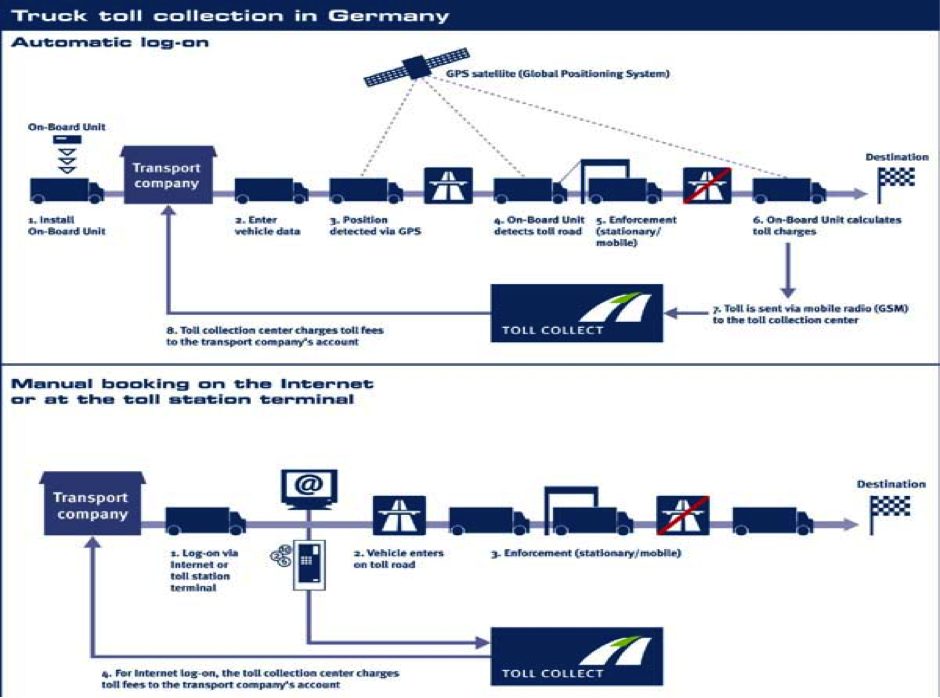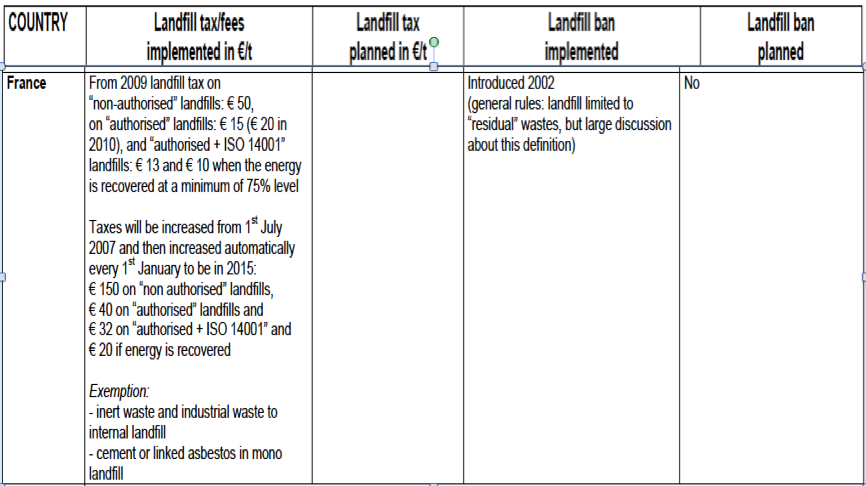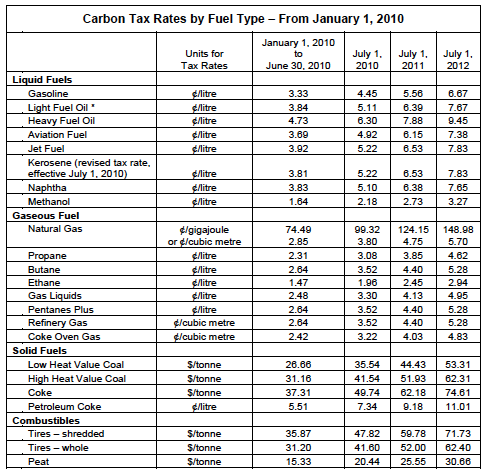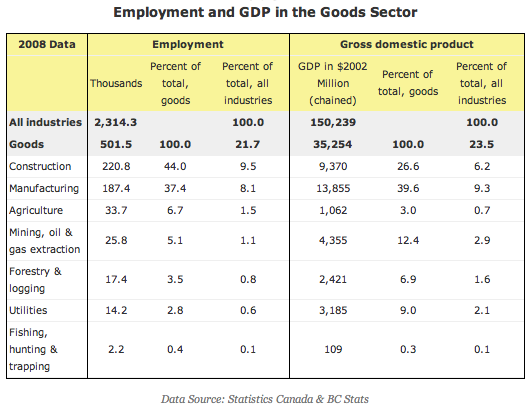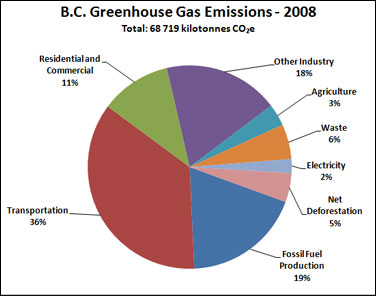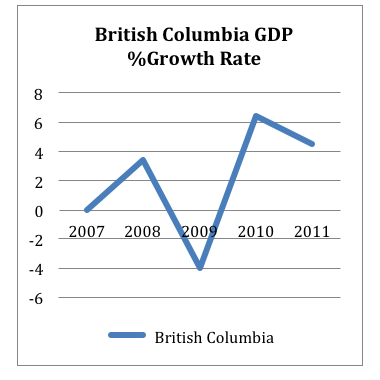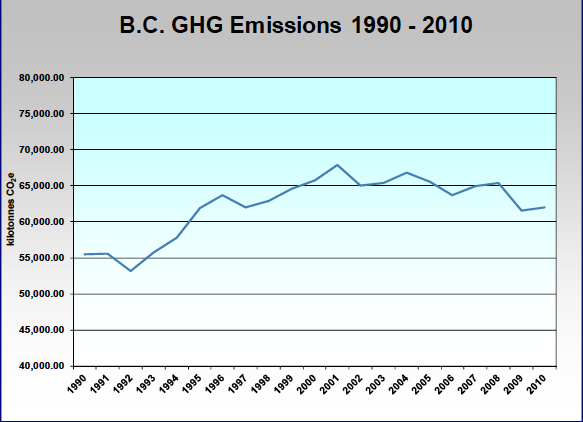Before we discuss about the political origin of Copenhagen densification policy, we should have some background information about Demark.
“In 2008, urban population account for 87% of Demark total population. Besides that, Copenhagen is the capital and most populous city of Demark”——Wikipedia.com
Policy’s political origin:
Since 1992, Danish National Government support for a sort of densification policy. From 70~80s, due to the legislation required fixed building densities/plot ratio on urban density. This artificial threshold and the urban renewal process lead to a decreasing density in central city district. The fixed building densities/plot serve to the objective to secure more lights, more clear and a better urban living environment.
However, Brundtland report from 1988 point out urban sustainable idea. This idea argues that the densification actually contributing a sustainable and energy effective urban development. At the same time, the disadvantages of previous policy begin to reveal. Danish national government starts to think about a better way for supporting urban development and halters the negative effect of central urban area.
In 1992, Danish national government agrees the legislation work should focus on general level and majority of Urban Planning should be local task. In 2001, the right wing government was selected. Several new laws were passed and support for the idea of increasing social benefit and decreasing immigration. Danish New elected government still keep a positive opinion for urban development. Compared to the old government, more detail plan and law was passed for supporting urban redevelopment.
Goal of the policy:
The purpose of Densification policy is to create better urban living environment. Danish National Government believed increasing the density would help Copenhagen become more sustainable. By encouraging urban density, public transaction will be effectively used and constantly improving. More infrastructures will be built in order to meet for increasing residents demand.
As there is a negative relationship between density and energy use per person. Less energy and private automobile will be used. This idea is not only attractive for the citizens but also property developers. In Denmark, building new property in urban area is far more profitable than remolding old building complex. As government a encourage densification, policy support for greener compact housing.
Coverage of densification Policy:
In Copenhagen, district Østerbro experience the most intensive development in 1990s. “76.000 square meters of housing and 150.000 square meters of offices and retailing has been built during the 1990s.”—- Urban densification: An innovation in sustainable urban policy (2001)
Østerbro contained three main part:
1. Housing district of 5-6 storey closed blocks with small spots of remaining detached houses or villas
2. Park Area, which in the central of the map was hospital, university and Sports Stadium.
3. Port Area where currently having sustainable development.
The areas being redeveloped are former harbour areas, derelict sites, old military barracks (Marked with
red), but also smaller sites (marked with yellow) in the part of the urban districts with lower densities.
After the sustainable development, the population density of Østerbro increased by 5.9% and it is higher than the general density level of Copenhagen.
Copenhagen Region Development Council has proposed by applying densification idea public transportation will be utilized and less energy will be consumed. However, in the long run, the effect of densification will be limited.
Distribution Effect of the Densification:
As developing new property is more profitable for developer, more and more building was build in district Østerbro. The property price of those new developed building always have higher price in the market. Most of the buyers are high-income couples or single person. In addition to this policy, Copenhagen stopped building low-income social house. In Østerbro, the average income of residence is higher other Copenhagen district.
The distribution effect of that urban densification is unsatisfactory. As densification encourage more people live in a better-designed urban environment, it is important to ensure people form different income level share this same idea. From previous example, although Østerbro meet higher urban density level, people who choose to live there are high-income people. Low-income people have marginal influence of this densification policy. In the long run, increasing property price and inequality of sharing better urban planning will limit the urban densification continue to growth.
Moreover, increasing of employment is usually coming along with the increasing city density. Since 1994 to 2000, 2000 more jobs are created in Østerbro. (about 8% increase). The benefit is creating more jobs is much lower than expected.
However, 15% of resident in Østerbro are local employed. Most of the residents who can afford the price work in finance sector. They require a more commuter out of town or leaving municipality.
Effectiveness of Denmark Densification policy
From my perspective, I do not believe that Copenhagen set a good example of urban densification from two aspects.
- The distribution effect of urban densification.
- Socially Sustainability
From socially sustainable point of view, people who live in the city should develop a good public relationship with each other. More public land and community fertility should be build for helping new people involve into new urban community. Copenhagen mainly focus on the energy saving and utilize public transportation when conducting the urban densification planning.
Compared to Copenhagen, Tokyo did a better job by encouraging private investment on public use are and community development. In Tokyo, the public land, such as sport stadium, offer opportunities for residence to integrated into local community.
All in all, better sustainable urban design is both economical and cultural sustainable.
Reference:
1. Anne Skovbro. Urban Densification: An innovation in sustainable urban
policy? http://www.sbi.dk/eura/workshops/papers/workshop6/skovbro.htm
International Journal of Urban Sustainable Development
2. http://en.wikipedia.org/wiki/Denmark
3.http://www.cbc.ca/news/canada/british-columbia/story/2009/06/15/bc-vancouver-min-suite-zoning-law.html




